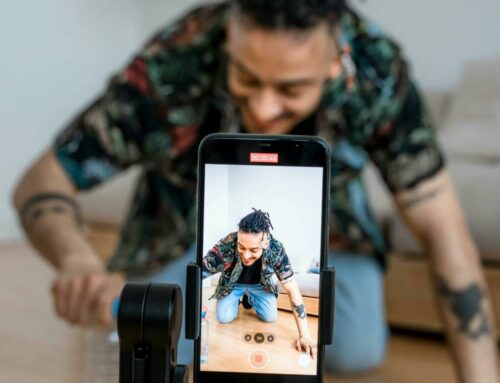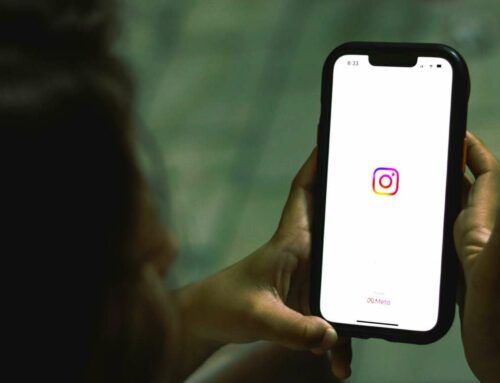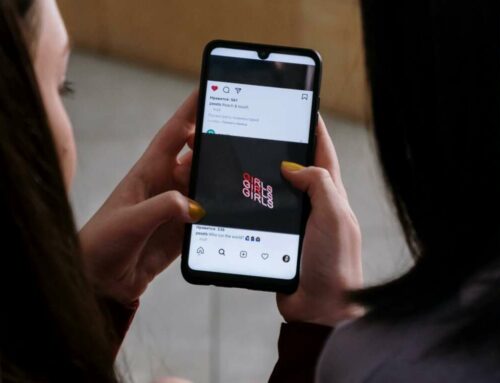
As a business owner, you might be wondering how often you should post on Instagram to maximize your reach and engagement. It’s a common question, and the answer is not as straightforward as you might think. In this article, we’ll explore the factors that can influence your posting frequency and help you determine the right approach for your business.
First and foremost, it’s important to understand that there is no one-size-fits-all answer to this question. The ideal posting frequency for your business will depend on a variety of factors, including your audience, your goals, and the type of content you’re sharing. That being said, there are some general guidelines that can help you make informed decisions about your Instagram posting strategy.
Let’s start with the basics: Instagram’s algorithm favors accounts that post consistently and frequently. This means that if you want to increase your visibility and reach on the platform, you should aim to post on a regular basis. However, it’s important to note that quality is just as important as quantity. Posting too often can actually hurt your engagement if your followers start to feel overwhelmed or bored by your content.
Table of Contents
So, how often should you post on Instagram? The answer will depend on your specific goals and resources, but here are some general guidelines to consider:
Post at least once per day
If you’re serious about growing your Instagram presence, you should aim to post at least once per day. This will help you stay top-of-mind with your followers and increase the likelihood that your content will be seen by new users. However, it’s important to prioritize quality over quantity. Don’t post just for the sake of posting; make sure each piece of content is valuable, engaging, and on-brand.
Experiment with different posting frequencies
While posting once per day is a good starting point, it’s worth experimenting with different posting frequencies to see what works best for your business. You may find that your audience responds better to fewer, higher-quality posts, or that you’re able to maintain engagement with more frequent posts. Use Instagram’s analytics tools to track your engagement and adjust your posting frequency accordingly.
Consider your resources
Posting frequently requires time and resources, so it’s important to be realistic about what you can commit to. If you’re a one-person operation with limited bandwidth, it may not be feasible to post every day. Instead, focus on creating high-quality content and post as often as you can without sacrificing quality. Alternatively, you may want to consider outsourcing your social media management to a freelancer or agency.
Pay attention to your audience
Ultimately, the best posting frequency for your business will depend on your audience’s preferences and behavior. Pay attention to when your followers are most active on the platform and adjust your posting schedule accordingly. You may find that your audience is most engaged in the mornings or evenings, for example, or that they prefer to see a mix of photos and videos.
Don’t forget about Instagram Stories
While we’ve been focusing on the frequency of Instagram feed posts, it’s important to note that Instagram Stories can also be a valuable tool for engaging with your audience. Stories disappear after 24 hours, so you can post more frequently without overwhelming your followers. Consider sharing behind-the-scenes glimpses of your business, answering frequently asked questions, or highlighting customer testimonials.
In summary, there’s no one-size-fits-all answer to the question of how often you should post on Instagram. The ideal posting frequency will depend on factors like your audience, your goals, and your resources. However, as a general rule, it’s a good idea to post at least once per day and prioritize quality over quantity. Experiment with different posting frequencies, pay attention to your audience’s behavior, and don’t forget about Instagram Stories. By taking a strategic approach to your Instagram posting strategy, you can increase your visibility and engagement on the platform.


































